Tile Adhesive Chemical Hydroxypropyl Methyl Cellulose for Plaster Additives HPMC is a high-technology water-soluble polymer indispensable in modern construction and dry mix mortar applications worldwide.
With the continuous growth of the global tile adhesive and plaster additive market—expected to reach $9.1 billion USD by 2028 (CAGR 6.6%—source: MarketsandMarkets)—the demand for advanced hydroxypropyl methyl cellulose (HPMC) technologies is higher than ever.
As a cornerstone material for enhancing bond strength, workability, and lifespan of adhesives and plasters, HPMC is the backbone of performance innovation in construction chemistry.
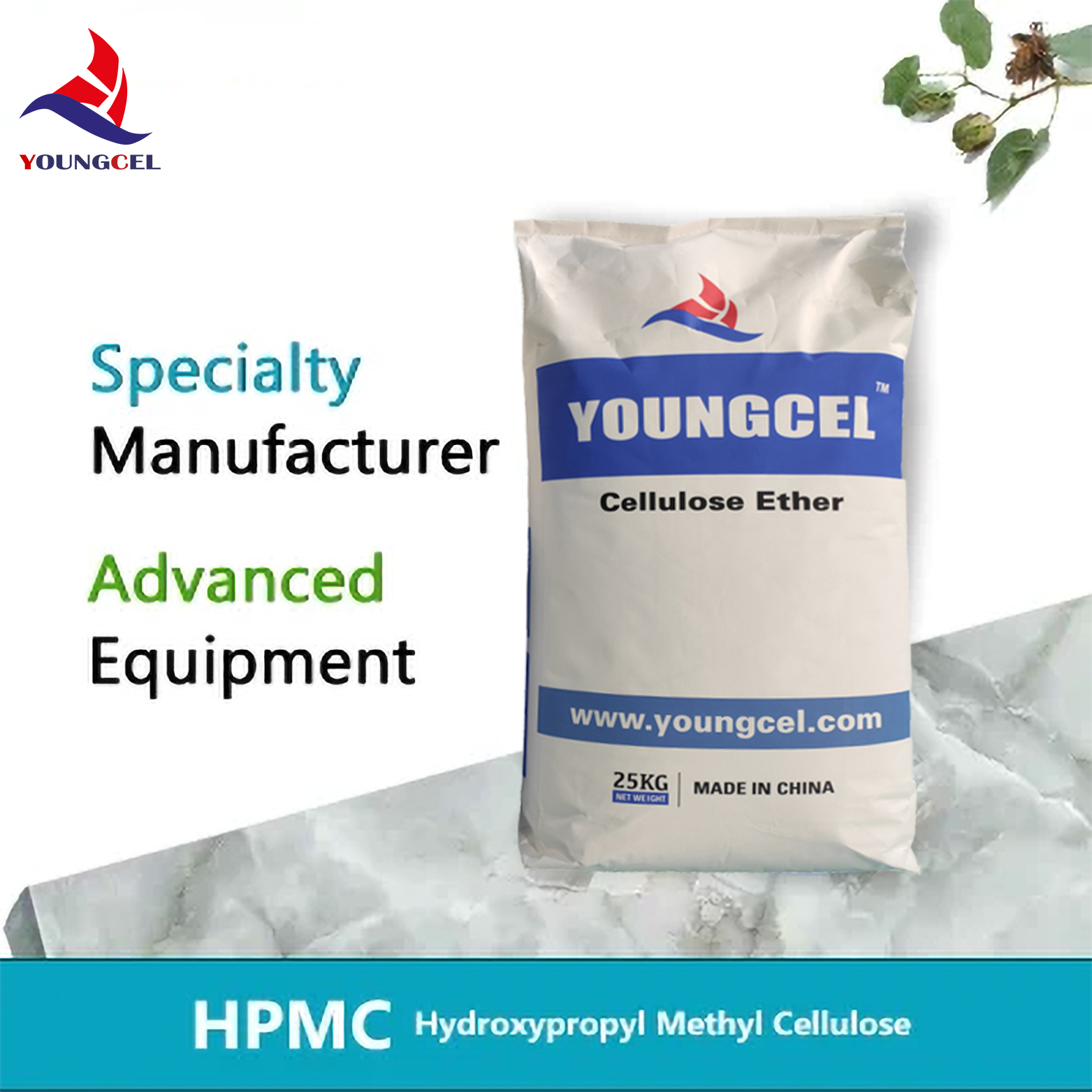
2024 Market Trends & Industry Overview
The Tile Adhesive Chemical Hydroxypropyl Methyl Cellulose for Plaster Additives HPMC segment is propelled by urbanization, rising architectural standards, sustainability focus and regulatory frameworks such as EN 12004, ISO 9001:2015, and ANSI A118.4. Top trends include:
- Shift from traditional cement/sand mortars to premixed, high-performance tile adhesives.
- Requirement for superior water retention, open time, slip resistance and improved workability.
- Growing adoption of advanced, customizable HPMC grades for diverse stone, ceramic, and porcelain installations.
- Global suppliers racing to meet increased demand in the Asia-Pacific, Middle East, and Africa regions.
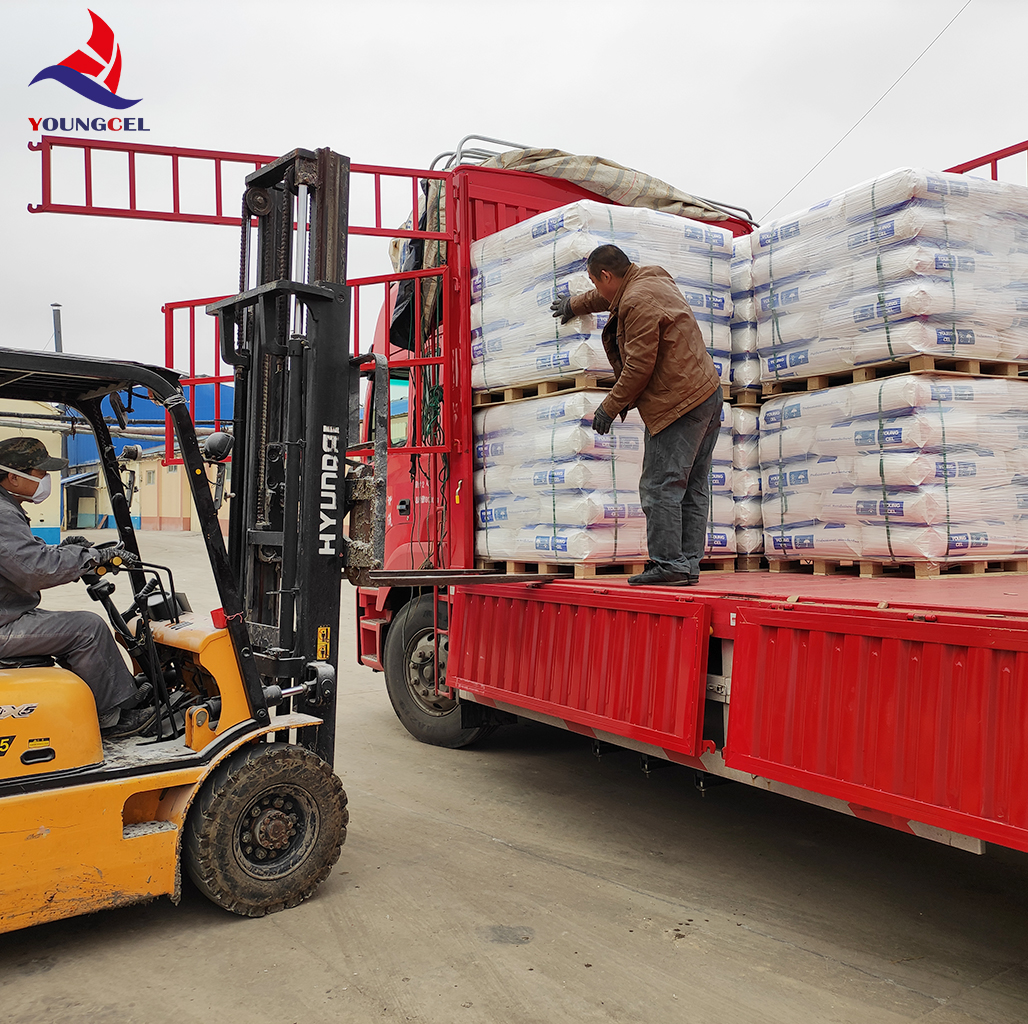
Technical Specifications of HPMC for Tile Adhesive and Plaster Additives
| Parameter | Typical Value | Standard | Test Method | Remarks |
|---|---|---|---|---|
| Viscosity (2% solution, 20°C) | 40,000–75,000 mPa·s | ISO 2555 / ASTM D2363 | Brookfield LV | Key for workability/consistency |
| Methoxy Content (%) | 27.0–30.0 | ISO 17025 | GC/MC Analysis | Influences thickening power |
| Hydroxypropoxy Content (%) | 4.0–12.0 | ISO 17025 | GC/MC Analysis | Affects water retention |
| pH (1% solution) | 6.0–8.5 | ISO 787-9 | pH Meter | Neutral formulation |
| Moisture (%) | ≤ 5.0 | ISO 734-2 | Loss on drying | Determines shelf life |
| Theoretical Usage (kg/m³) | 1.5 – 2.5 | // | // | Depends on binder system |
Manufacturing Process of Tile Adhesive Chemical Hydroxypropyl Methyl Cellulose for Plaster Additives HPMC
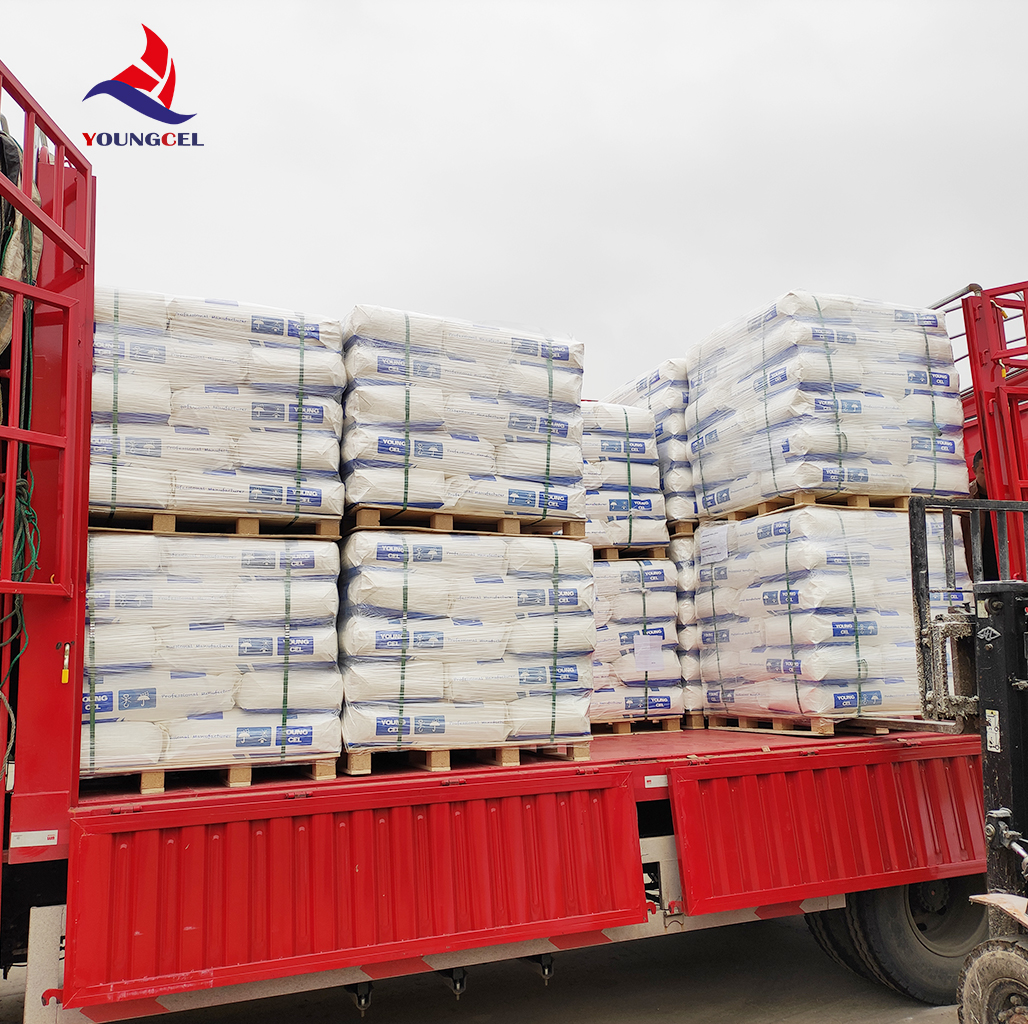
Key Critical Point: Careful temperature (50–85°C) and pH control for substitution degree. 4 Neutralization / Washing: Removal of by-products and excess reagents, ensuring high purity. 5 Drying & Milling: Precision drying, granulating and sieving to desired mesh size (80–150 mesh). 6 Packing & Quality Control: Rigorous internal QC checks (ISO 9001:2015) including viscosity, methoxy/hydroxypropoxy content, loss on drying, filtration rate.
Regarding Lifespan: As an additive, properly stored HPMC maintains full performance for 2+ years in unopened bags.
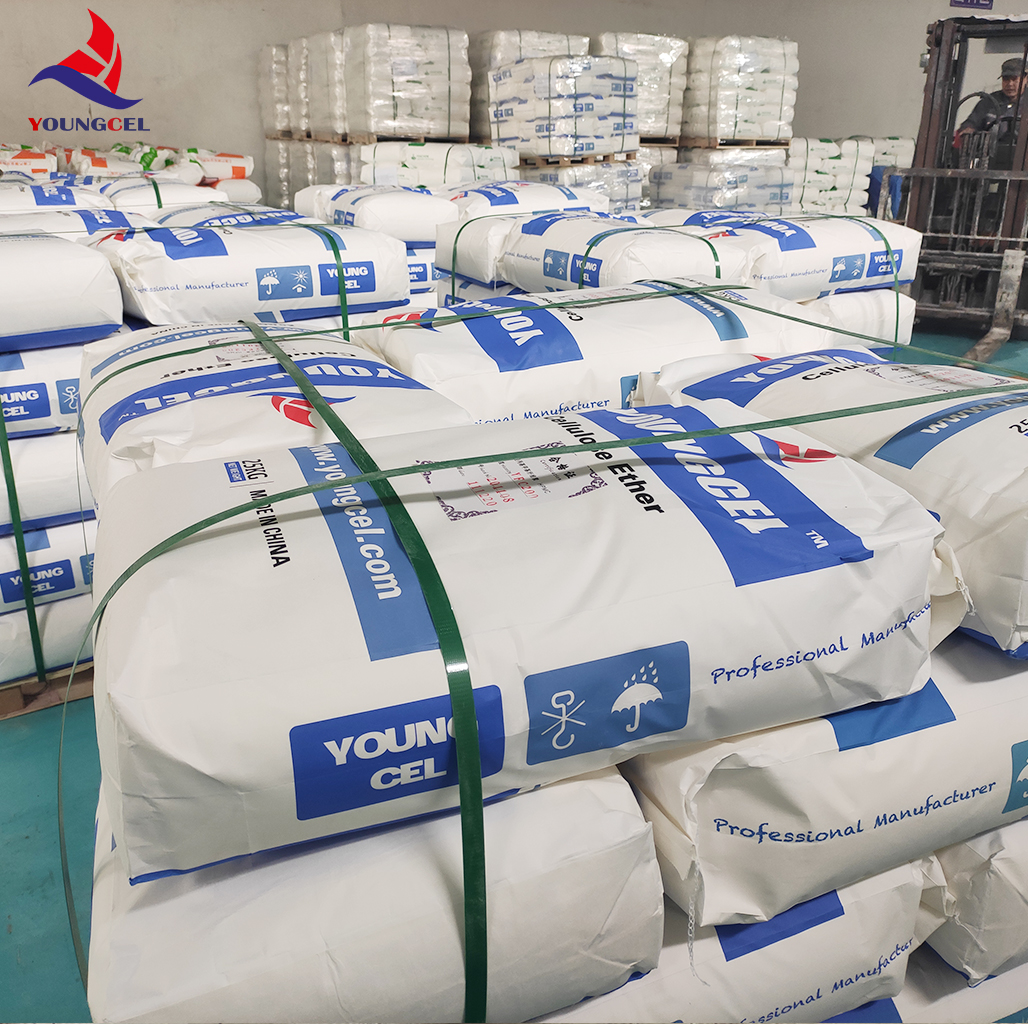
Key Technical Benchmarks: Data Visualizations
Global Manufacturer Benchmarking
| Brand | Grade | Viscosity (mPa·s) | Water Retention (%) | Certification | Remark |
|---|---|---|---|---|---|
| Youngcel | YCH-75KA | 75,000 | ≥97 | ISO 9001, SGS, EN 12004 | High anti-slip, excellent workability |
| Ashland | Walocel MKX 40000 | 40,000 | ≥95 | FDA, ISO, EN 12004 | Premium for tile mortar |
| Dow Chemical | METHOCEL 90SH | 40,000–70,000 | 95-96 | ISO, ASTM D2363 | Versatile, industry standard |
| Shin-Etsu | Tylose H 4000P4 | 40,000 | 97 | REACH, ISO, EN | Excellent water retention |
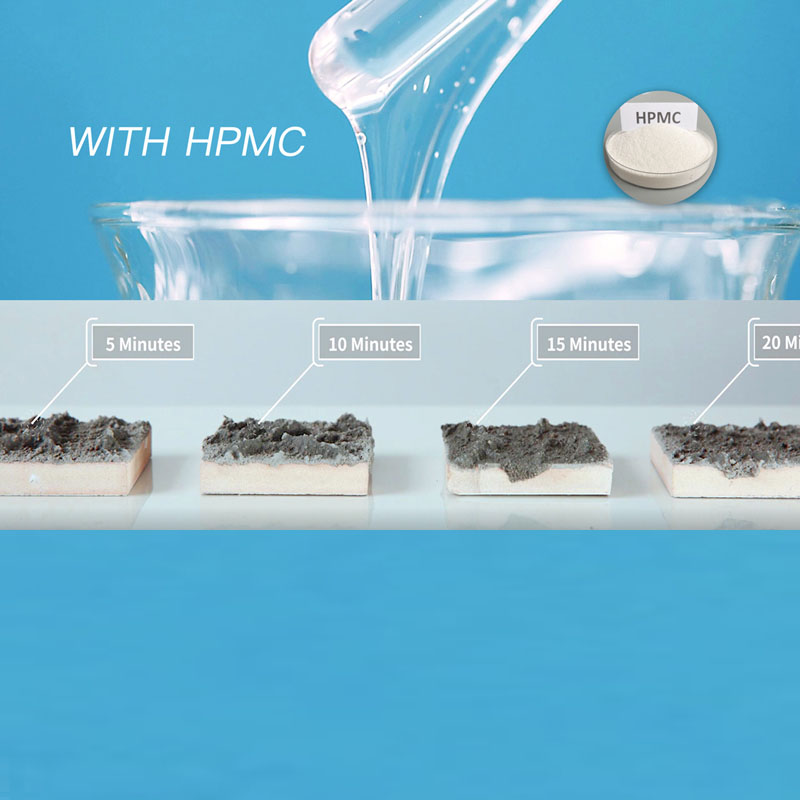
Customization & R&D: Tailored HPMC Solutions
- Custom Viscosity & Particle Distribution: For unique spread rates, setting speeds, or trowel requirements.
- Functional Additivation: Built-in anti-mold, hydrophobicity, improved open time or anti-sag for vertical tiling.
- Industry-specific Blends: Formulations for ceramic tiles, porcelain panels, insulation boards, glass mosaics, etc.
- Eco-circular R&D: Focus on reduced VOCs and bio-based cellulose ethers, in line with LEED, BREEAM, and REACH guidelines.
- OEM/ODM: Flexible labeling, packing, supply chain, and direct-to-site dispatch worldwide.
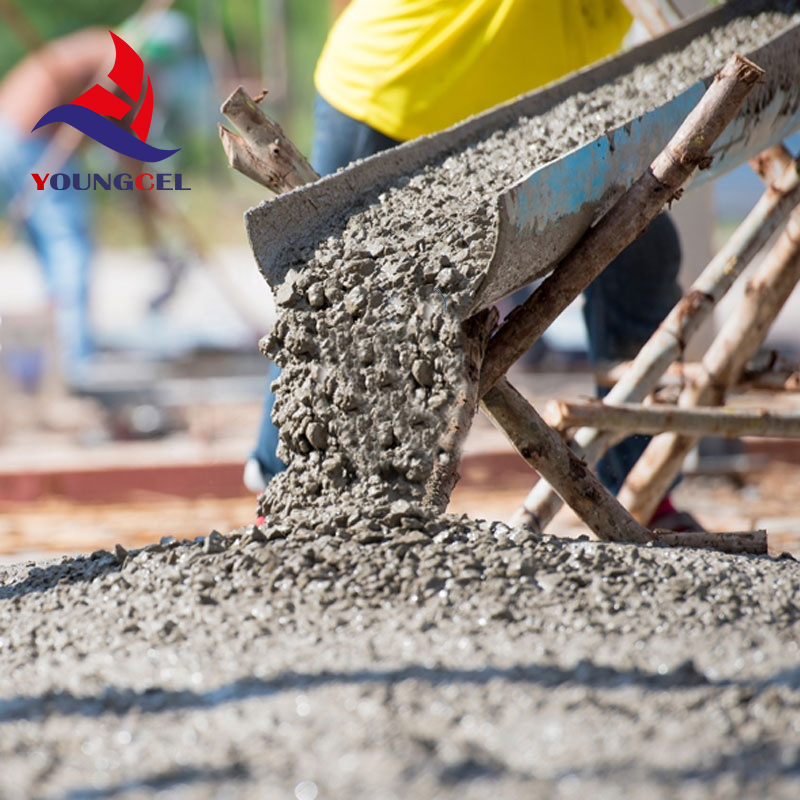
Typical Use Case Scenarios & Customer Feedback
Contractors in Germany reported a 23% reduction in tile slippage and 18% longer open time using Tile Adhesive Chemical Hydroxypropyl Methyl Cellulose for Plaster Additives HPMC. Result: Improved vertical wall installations, minimized callbacks.
HPMC-modified adhesive mortars provided exceptional adhesion (1.58 MPa pull-off strength, EN1348 standard) and weathering resistance through -15°C to +45°C climatic cycles.
Youngcel HPMC achieved 96%+ water retention, ensuring seamless curing and minimized cracking in high-temperature, corrosive environments.

FAQ: Technical Inquiries for Tile Adhesive Chemical Hydroxypropyl Methyl Cellulose for Plaster Additives HPMC
- Q1: What is the optimal viscosity for tile adhesive HPMC?
- A: 40,000–75,000 mPa·s is common. Higher viscosity (e.g., 75,000 mPa·s) boosts sag resistance and water retention in wall tiling.
- Q2: How does HPMC improve open time and adhesion?
- A: HPMC slows water loss, allowing longer workability (open time) and uninterrupted cement hydration for increased bond strengths (see EN 12004 data).
- Q3: Which mesh size is most suitable for dry mortar applications?
- A: 80–150 mesh ensures uniform dispersion, fast hydration, and optimal thickening in tile adhesives and plasters.
- Q4: What are the recommended application standards?
- A: Refer to ANSI A118.4, EN 1348, ISO 13007-1 for installation, mixing, and bond strength evaluation.
- Q5: Does HPMC influence sag/slip resistance?
- A: Yes—by increasing paste cohesion and wet tack, Youngcel HPMC reduces slip by up to 42% in vertical tile setting scenarios.
- Q6: Is the product safe and certified for indoor use?
- A: Absolutely. All supplied grades meet ISO 9001, SGS, FDA and have no added formaldehyde/CMIT/MIT, suitable for LEED projects.
- Q7: How long is shelf life and what is the correct storage protocol?
- A: 24 months in original packaging, cool and dry (
Delivery, Warranty & Customer Support
- Lead Time: 4–7 working days for standard grades, 8–13 working days for custom specifications.
- Warranty: 18 months quality guarantee, replace free if any batch fails international specs (ISO/ANSI/EN).
- Logistics: Multimodal shipments, full traceability, export-ready all ports (incoterms: EXW/FOB/CIF/DDP).
- Customer Support: 24/7 tech consultation, application engineering, on-site training, formulation troubleshooting.
- Documentation: Batch COA, MSDS, Reach/FDA/EN certification, 3rd-party lab data on request.

Summary
The implementation of Tile Adhesive Chemical Hydroxypropyl Methyl Cellulose for Plaster Additives HPMC continues to shape next-gen dry mix mortar and tile setting solutions, standing out for its reliable performance, technical versatility, global certifications, and proven use cases across industries. With robust technical support and ongoing innovation, the product remains a market-leading solution for construction professionals worldwide.
- NCBI (2021): https://www.ncbi.nlm.nih.gov/pmc/articles/PMC8619462/
- MarketsandMarkets Analysis: Cellulose Ether Market
- ISO/EN Standards: ISO 13007-1:2019
- The Construction Materials Forum: https://forum.facade-expert.eu/viewtopic.php?t=3029
- TileLetter Magazine: HPMC in Adhesives
- Youngcel Official Product: Product Page
-
Rdp Powder: Key Considerations for Wholesalers in the Building Materials IndustryNewsJul.08,2025
-
Key Considerations for Wholesalers: Navigating the World of Hpmc - Based ProductsNewsJul.08,2025
-
Hpmc Detergent: Key Considerations for WholesalersNewsJul.08,2025
-
Key Considerations for Wholesalers: China Hpmc For Tile Adhesive, Coating Additives, Concrete Additives, and MoreNewsJul.08,2025
-
Crucial Considerations for Wholesalers: Navigating the World of Construction MaterialsNewsJul.08,2025
-
Key Considerations for Wholesalers Sourcing Additive For Cement, Additive For Concrete, Additive For Putty from Additive Manufacturer Shijiazhuang Gaocheng District Yongfeng Cellulose Co., Ltd.NewsJul.08,2025




